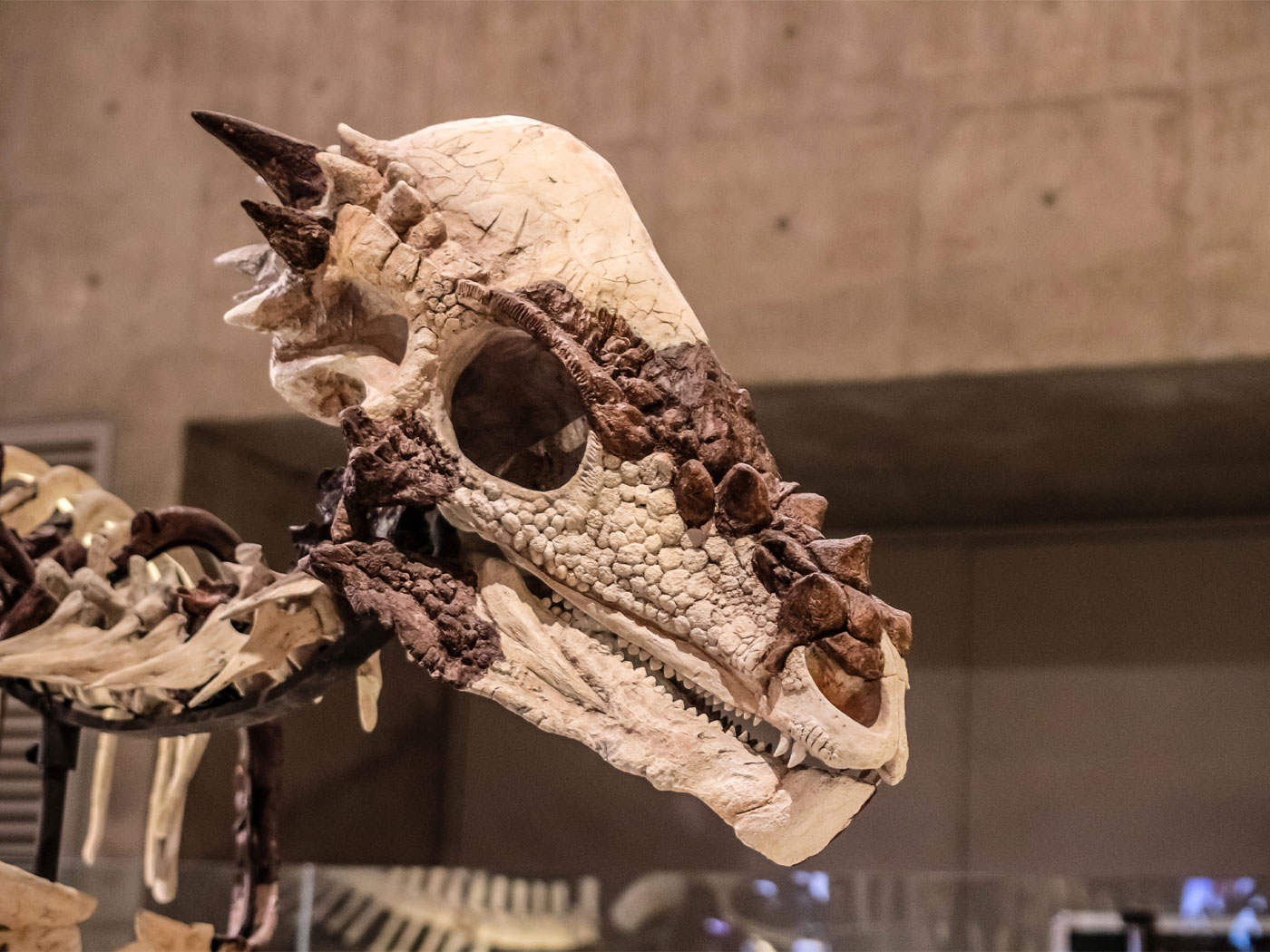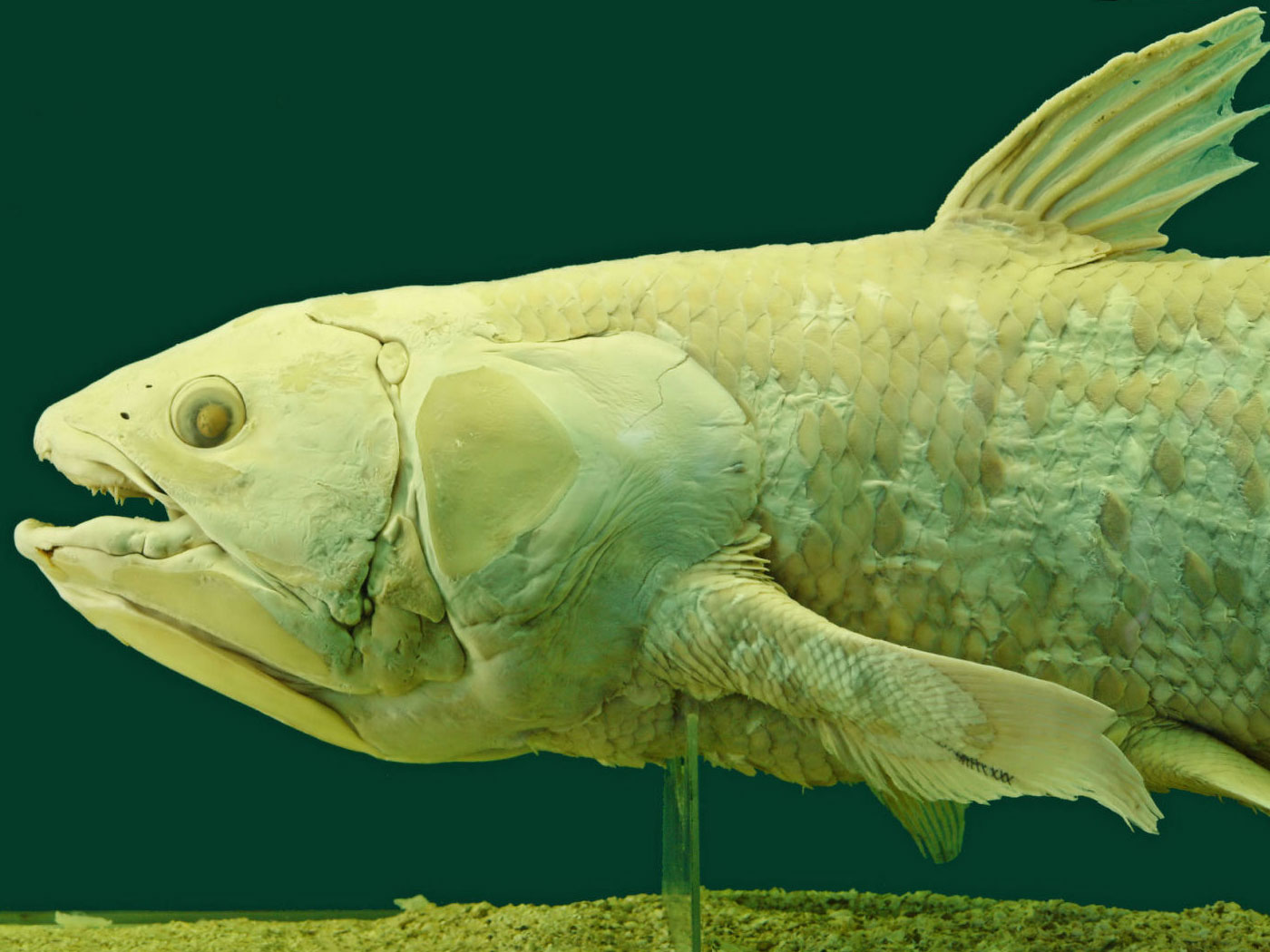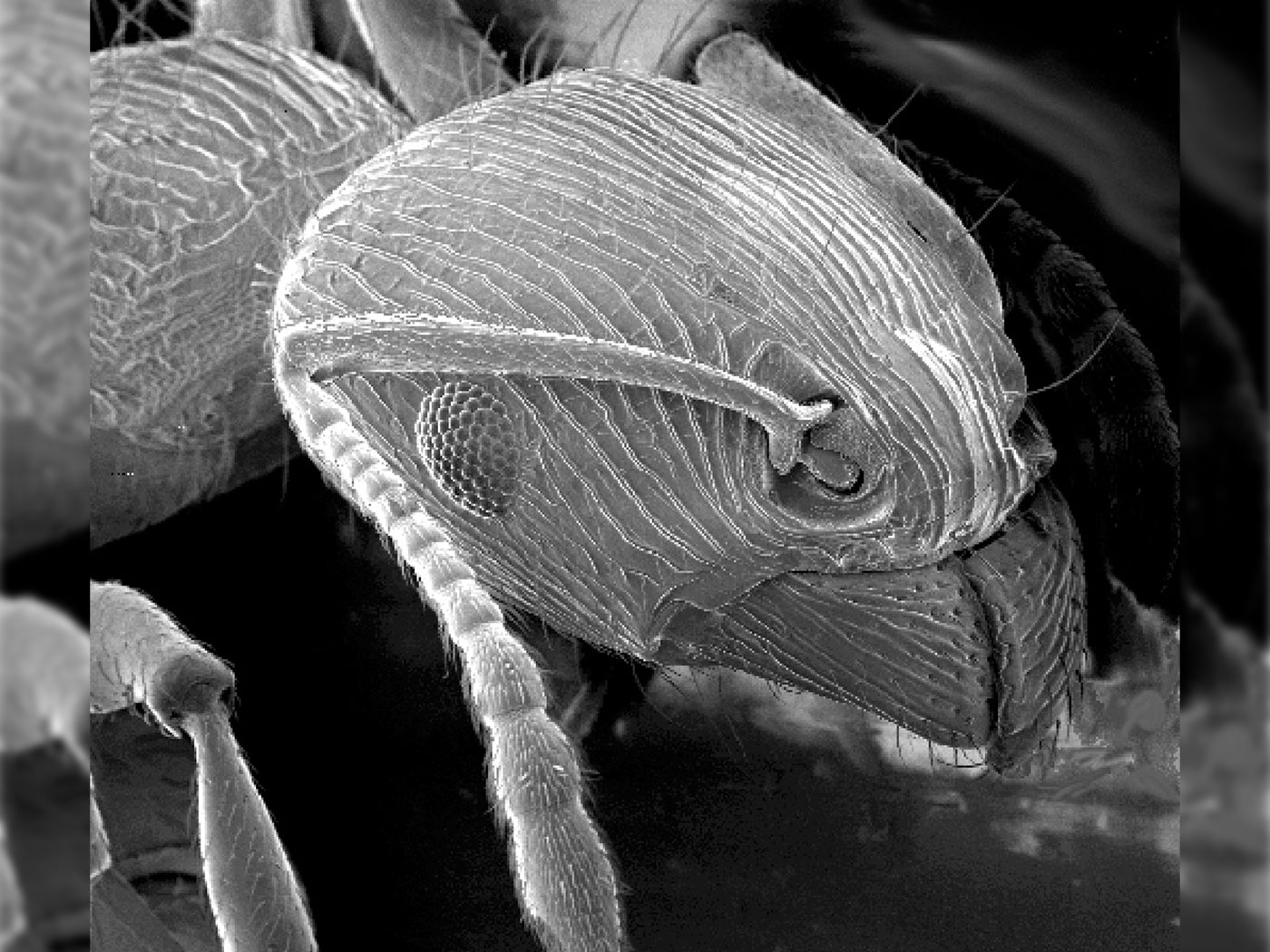Finding dinosaur DNA is as unthinkable to an evolutionist as finding a flat earth would be to a geographer. Thus, a recent report of possible dinosaur DNA promises to meet resistance, even as similar past reports received.1 What is the best interpretation of all the relevant evidence?
Dinosaur soft tissue fossil experts observed that microstructures that look just like bone cells called osteocytes might contain original DNA. They verified the presence of original proteins, including collagen, and elastin in 2009.2 Now, some of the same researchers are revealing the results of further dinosaur cell exploration. They identified the vertebrate-specific proteins actin and PHEX, as well as DNA in the dinosaur cells. Their results appear in the journal Bone.3
The researchers applied two different DNA-sensitive stains to the osteocyte structures. The stains showed faint but visible DNA in a tight central location inside the long-dead cell remnant. This clearly corresponds to the remains of the cellular nucleus, although the study authors did not specify that.
The Bone study authors also applied an antibody that only binds to a DNA-packing protein called histone H4. It, too, bound to its target in the same central region within the dinosaur bone cell as the DNA showed. The stains and antibody did not bind other parts of the cell, nor the mineral matrix that originally surrounded the fossil.
The DNA is in exactly the right place to be dinosaur DNA, but without determining its sequence, it is difficult to be absolutely sure.
However, if it is dinosaur DNA—the most obvious explanation of the data—it cannot be millions of years old. This report was published on the heels of a separate study that determined the decay rate of DNA. It totally precludes the possibility that ancient DNA could last for a hundred thousand years at normal temperatures, much less millions of years.4
If these fossils are really millions of years old, then they would not contain original cells, proteins, or DNA—but they do. However, if the world is only thousands of years old, and if the dinosaur remains were captured by water-borne sediments during Noah's flood only thousands of years ago, then dinosaur DNA in fossils would be possible.
References
- For example, see references in: Johnson, J. J. S., J. Tomkins, and B. Thomas. 2009. Dinosaur DNA Research: Is the tale wagging the evidence? Acts & Facts. 38 (10): 4-6.
- Schweitzer, M. H. et al. 2009. Biomolecular Characterization and Protein Sequences of the Campanian Hadrosaur B. canadensis. Science. 324 (5927): 626-631.
- Schweitzer, M. H. et al. Molecular analyses of dinosaur osteocytes support the presence of endogenous molecules. Bone. Published online before print, October 16, 2012.
- Allentoft, M. E. et al. The half-life of DNA in bone: measuring decay kinetics in 158 dated fossils. Proceedings of the Royal Society B. Published online before print, October 10, 2012.
* Mr. Thomas is Science Writer at the Institute for Creation Research.
Article posted on November 7, 2012.


















